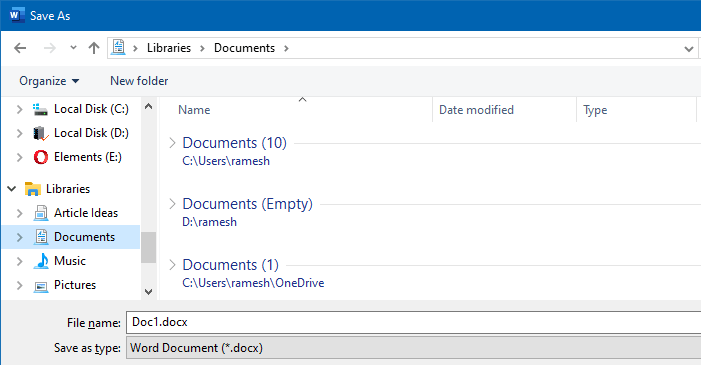


Word 2013 tries to store any document you save as a template to the this templates folder (returning to earlier behavior). I’m looking forward to writing a post about the SharePoint Sync client when it’s generally available – and showing off how using the sync clinet can eliminate extra steps and save users tons of time. Word 2013-19 changed the default location of custom user templates from a hidden Templates folder to one called 'Custom Office Templates' stored in the users Documents folder. Here’s some screenshots to show the steps above visually: These instructions also work if you were in the Save As section of Word 2016 as well. You will now be able to see the list of files that live there.Double-click on the folder to open the library. Find the library where you want to find the file. You will now be able to see the SharePoint site (and all the libraries within it).Delete what’s there and replace it with the URL you’ve copied to your clipboard. Insert your cursor in the File Path field.Once you have the correct path in your clipboard: You want leave out anything after that – such as the “/SitePages/Home.aspx” part in this example: You want to copy everything up until the forward slash after the Project Site name. To have Word 2016 understand the location you want it to point to, you need to copy part of the file path. Web Pages) so it gives the user an error. However, people were getting an error because they were copying the entire URL which includes an. The way to point Word 2016 to a SharePoint Online site is to copy the URL to the site and paste it into Word 2016’s Open > Browse menu. And yes, the SharePoint Sync client is imminent, but it’s not here yet so…Ĭopy the correct file path to your clipboard. In this case, “just save the file to your desktop and drag-and-drop into the SharePoint library in the browser” was not the correct answer to their question.


 0 kommentar(er)
0 kommentar(er)
